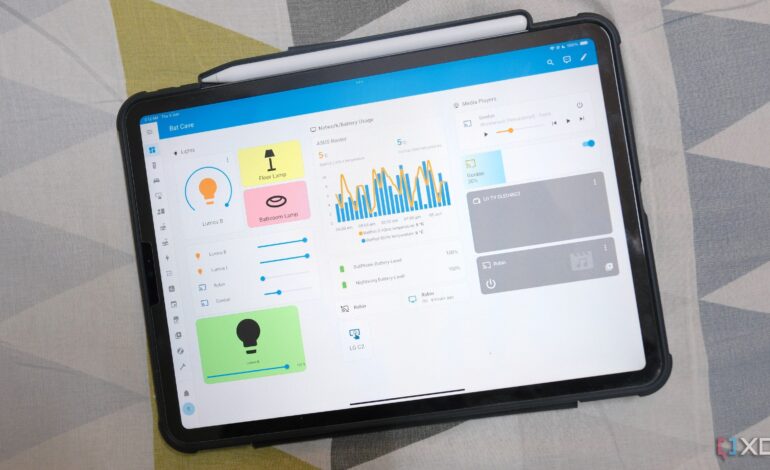How a Headless Linux VM Enhances Smart Home Security

Smart home technology offers convenience, but it can also lead to unexpected issues. Flickering lights, erratic plugs, and unauthorized server connections can undermine users’ trust. To address this, a tech enthusiast has implemented a dedicated headless Linux virtual machine (VM) using Proxmox to monitor smart devices continuously. This setup aims to provide real-time visibility into device behavior without the interference of the systems being monitored.
Understanding Device Behavior
Monitoring smart devices goes beyond simply tracking their operational status. “Bad behavior” in these devices often manifests in subtle ways, such as lights activating unexpectedly or plugs toggling without any apparent cause. A camera that restarts frequently may indicate firmware issues or excessive cloud interaction. These seemingly minor incidents can signal significant underlying problems.
Consistent monitoring allows users to differentiate between isolated glitches and recurring patterns. For instance, unusual Domain Name System (DNS) lookups can serve as early indicators of device behavior changes. A device contacting unfamiliar domains may suggest firmware updates or new data collection practices. Additionally, spikes in network traffic can signal updates or errors requiring attention. By establishing a baseline for normal activity, users can quickly identify deviations that warrant investigation.
Another crucial metric is state changes, such as a door sensor activating when no one is home. These incidents highlight potential security risks and prompt users to address issues proactively. By leveraging a dedicated monitoring system, users can maintain tighter control over their smart home environments.
The Advantages of a Dedicated Monitoring System
Running monitoring software on the same system it observes can lead to distorted results. If a central hub or automation system crashes, any logs generated may be lost, making troubleshooting more challenging. A dedicated headless Linux VM ensures continuous data collection, providing a clear and uninterrupted view of device behavior.
The independence of this setup transforms ambiguous observations into concrete evidence. With fixed CPU and RAM allocations, performance remains stable. Disk writes for logging are contained within the VM, simplifying maintenance and ensuring reliable data retention. Additionally, Proxmox snapshots allow users to revert to previous configurations without compromising historical data.
Security is another important consideration. The monitoring VM operates solely with essential tools, minimizing its exposure to potential threats. Reduced open ports and limited outbound access create a smaller attack surface, helping to protect the monitoring system from vulnerabilities present in connected devices. This separation ensures that even if one device misbehaves, the integrity of the monitoring system remains intact.
The setup is also designed for resilience, with straightforward backups and migration processes. If the host system fails or an upgrade is required, restoring the monitoring VM can be accomplished in just minutes.
Essential Tools for Effective Monitoring
A variety of open-source tools facilitate effective monitoring of smart devices. Pi-hole tracks every DNS query, revealing which domains are being accessed by connected devices. Meanwhile, Zeek captures higher-level metadata from network traffic, offering insights without the storage demands of full packet capture.
Data collection and visualization are managed by Prometheus and Grafana. Prometheus gathers data from various sources, while Grafana visually represents this information, making trends easy to identify. This context allows users to understand the events leading to alerts, enhancing situational awareness.
For real-time device monitoring, MQTT Explorer captures messages from devices without overwhelming the central automation system. Additionally, Uptime Kuma manages notifications, enabling users to receive alerts through preferred channels, such as chat or email. To filter out noise, Node-RED integrates various data sources, ensuring that only significant events trigger alerts.
While this dedicated monitoring approach offers numerous benefits, it may not be suitable for every household. For those with only a few local devices, simpler solutions might suffice. Managing a virtual machine and its associated services requires time and technical knowledge that some users may not be willing to invest. For them, basic logging solutions could provide enough insight into device behavior.
Conclusion
Implementing a headless Linux VM for monitoring smart devices has proven beneficial for users seeking enhanced visibility and control. By transforming random device quirks into understandable narratives, this setup allows for more efficient troubleshooting and improved reliability. As smart homes become increasingly complex, having a dedicated observer can significantly enhance user confidence in their devices’ behavior.






